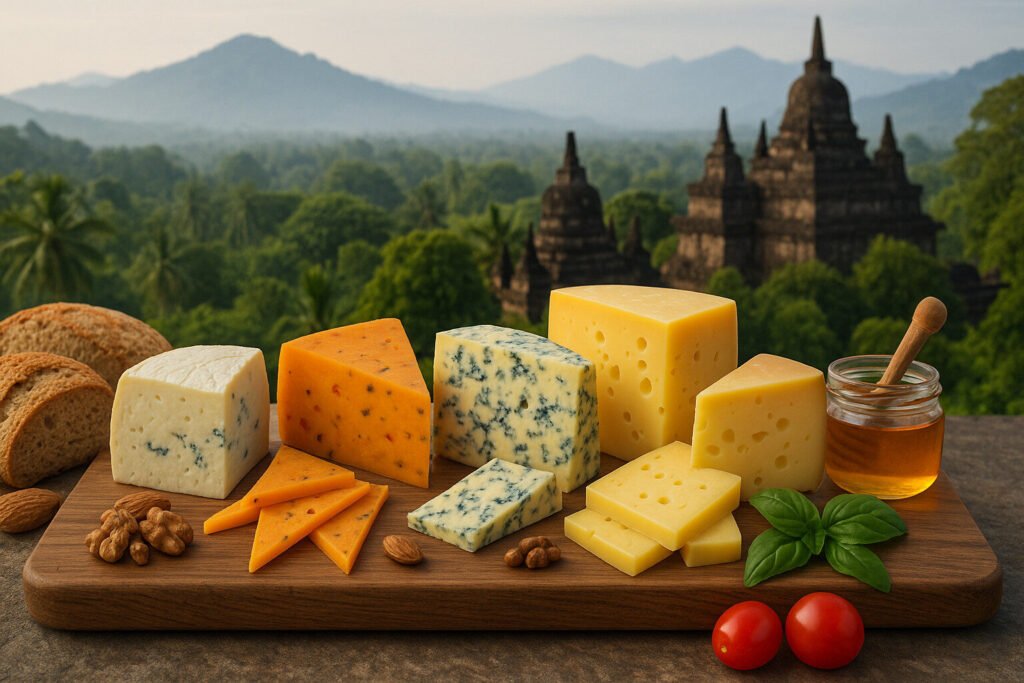Cheese Of Buddhist Tradition Countries
Definition and Scope
Cheeses of Buddhist tradition countries represent dairy products developed within predominantly Buddhist cultural regions. These cheeses originate from areas including Tibet, Bhutan, Mongolia, and certain Himalayan territories. Their production reflects adaptations to high-altitude environments and nomadic lifestyles. The category encompasses both aged and fresh varieties using local milk sources.
These cheeses maintain distinct characteristics from Western varieties due to unique cultural and geographical factors. Traditional methods prioritize practicality and nutritional preservation over complex aging techniques. Many examples serve as essential protein sources in regions with limited agricultural options. The scope includes both historically documented and contemporary production methods.
Production Methods
Traditional production begins with milk from yaks, dri (female yaks), or cattle adapted to high elevations. The coagulation process typically employs natural bacterial cultures rather than commercial rennet. Curds are often pressed and sun-dried to create durable, transportable forms. This method ensures preservation without refrigeration in challenging climates.
Modern adaptations sometimes incorporate temperature-controlled environments while maintaining core traditional steps. The drying period ranges from several weeks to multiple months depending on desired texture. Many producers continue using wooden molds and manual pressing techniques. Salt application occurs through brining or dry rubbing during the maturation phase.
Sensory Profile
These cheeses typically present firm, dense textures with low moisture content. Flavor profiles range from mildly tangy to pronounced savory notes in aged varieties. The use of yak milk imparts distinctive earthy undertones and richer fat content. Some examples develop crystalline structures similar to granular Italian cheeses.
Aroma characteristics include hints of grass and wild herbs from pasture-fed animals. The pale yellow to deep ivory coloration reflects the animals’ natural diet. Aged versions develop complex umami flavors with minimal saltiness. Fresh varieties offer milder, creamier experiences comparable to farmer’s cheese.
Culinary Applications
Traditional usage involves grating dried cheese into butter tea as a calorie-dense supplement. Shaved cheese serves as garnish for tsampa (roasted barley flour) dishes in Tibetan cuisine. Modern applications include melting into noodle soups or incorporating into stuffed breads. The durable nature makes these cheeses suitable for extended travel and storage.
Contemporary chefs utilize these cheeses in fusion dishes while respecting cultural significance. Grated varieties add protein to vegetable stir-fries and grain bowls. Some softer types work well in steamed dumpling fillings. The high melting point of aged varieties makes them ideal for pan-frying applications.
Regional Examples
Chhurpi represents a hardened cheese from Himalayan regions consumed as chewing snack. Tibetan Chura Loenpa features crumbly texture from dri milk with slightly sour notes. Bhutanese Datshi cheese forms the base for the national dish Ema Datshi. Mongolian Byaslag utilizes boiled milk pressed into flat rounds.
Nepal produces soft Chhurpi for cooking while hard Chhurpi serves as traditional chewing gum. Ladakhi varieties often incorporate herbs and spices during the pressing process. Some Korean temple cheeses represent modern interpretations using Buddhist vegetarian principles. These examples demonstrate adaptation to local resources while maintaining cultural identity.

